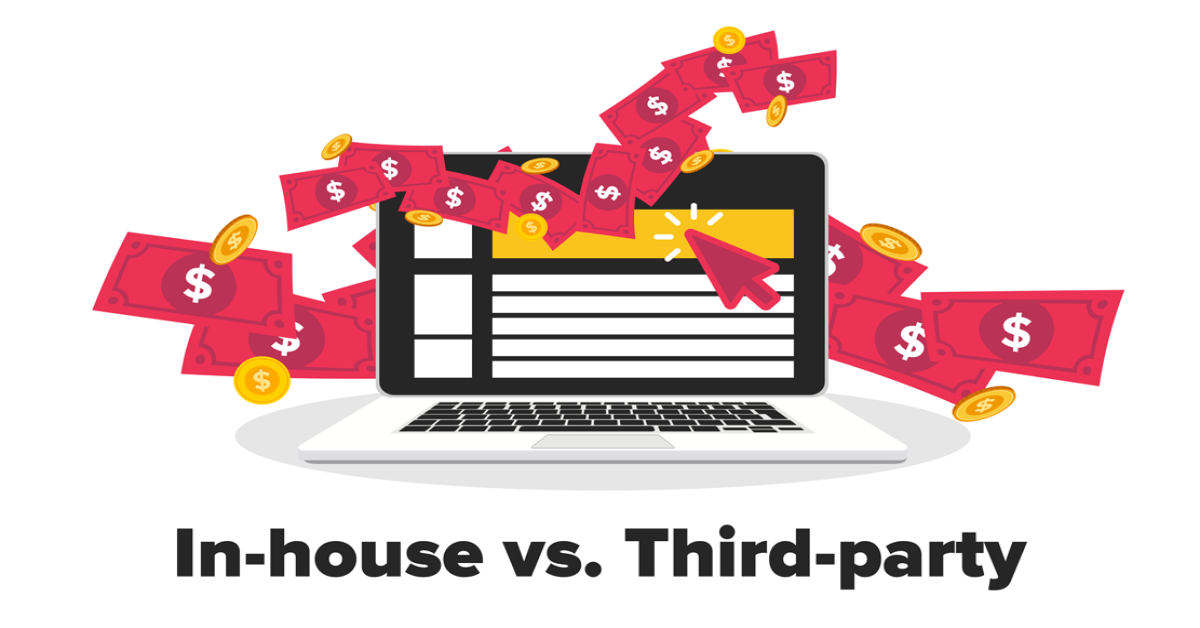How did Adwords change bidding at the end of 2023? (performance analysis)
What is AdWords? Google AdWords, now known as Google Ads, is an online advertising platform by Google. It allows businesses…

In the first part of our Header Bidding comparison cycle, we covered the main differences between Client Side and Server-Side Header-Bidding solutions, along with the pros and cons of both approaches. This kind of perspective is most important from the raw technical standpoint, and it takes into consideration Publisher priorities, whether it’s revenue, UX or some other requirement or preference.
Once this decision has been made, there is another question to be posed and a comparison to be done. And that is: should you build or buy the tool? Or in other words, is it more efficient and profitable for you to create a customized Header Bidding in-house, or to use third-party software already tested and verified on the market? As usual, both options have their merits and downsides; and you need to consider these when making your choice.

What are the issues and needs that you’re trying to address, and how unique are they?
If, for example, you need straightforward solution-basic functionalities, you will have many off-the-shelf solutions to choose from. But if you’re looking for complex functionality; or you’re in the process of solving a problem specific to your company or industry, you may encounter problems with finding an appropriate tool on the market.
Do you have a budget to build and maintain the tool in-house?
Building software naturally requires a bigger upfront investment, which is certainly costlier than the market solution. Investment scale versus the size of your business may prove to be the big hurdle in terms of the in-house option.
What kind of timespan for implementing a software solution are you willing to accept?
Launching a fully developed and tested customized software solution takes months if not years, which you and your company may or may not be prepared to accept as such a time lag is bound to result in lost revenue opportunities.
The answers to the above questions will simplify your decision-making process, but it’s crucial to understand the implications of a specific approach before making any final decision.
To help you with your decision-making process, we have looked to outline here the most important pros and cons of each approach:

– Customization: One of the principle pros of building your custom Header-Bidding solution is that it will include all the functionality you need, and which will operate in the ways you need it to. The tool will be tailored to your unique business needs and challenges. Total control over development will also allow you to add any new features. You can start with a prototype and expand the software as your revenues grow. Additionally, your employees will be able to give their feedback on what features are essential to the streamline of their workflows.
– More control: As the sole owner of the solution, you will have full control over user options and features, along with their roadmap and delivery prioritization.
– Higher efficiency: With a customized Header Bidding, you can gain a competitive advantage and help your business get ahead of the game in terms of inventory performance and the quality of delivered impressions.
– Easier integration: Building your own solution means that you can ensure its integration with any existing software, tools, and processes already in use.
– Upfront cost: A customized solution will always cost more than an off-the-shelf product; especially at the beginning, as the development process can be quite pricey. This perspective may sometimes change, as over time the use of pre-built software can create a loss of revenue due to the lack of essential functionality. Header Bidding that has been created and customized to your workflow can push your monetization through the roof and lead to dynamic and incremental business growth.
– Time to build: It takes time to identify your organization’s workflow processes and develop the tool that will serve them best. In the meantime, you will have to spend some time gathering and processing information in order to make sure the customized solution answers your business need.
– Initial costs: If you have limited resources for the development of these tools, a ready-to-use third-party solution may be your best option, since access is almost always much cheaper; and more often than not, it is based on a revenue-share model, so there is no pre-implementation investment required.
– Quick implementation: Third-party Header-Bidding tools are good to go as soon as you’ve signed the necessary paperwork. If some solution meets most of your needs, there may be little point in investing time and money in the development of something that is just slightly better than an existing tool; as the final balance will most probably be negative.
– Ongoing maintenance & upgrades: Companies offering Header-Bidding solutions always want to stay competitive and improve their tool with time so as to be able to adjust it to a rapidly changing ecosystem. As well covering the usual maintenance, an external solution will be upgraded regularly with new features; and updated with the latest version of pre-bid engine.
– Long term costs: Third-party tools are usually cheaper to introduce in the short-term perspective, but the investment can sometimes grow over time. If you plan to use the Header Bidding tool for a couple of years, it is good to consider the combined cost of the monthly fees, or revenue shares with a solution provider and compare all of this with the cost of an in-house customized tool, which is usually high at the beginning but much lower on an ongoing basis.
– Limited customization: Although most third-party Header Bidding providers offer customization, the solution may not be adjustable to your more specific needs and preferences.
– Less control: The technology owner / provider controls both the updates and the product roadmap in terms of features and functionality releases. Considering this, aside from the possibility of sharing your insights and opinions; key decisions on the future shape of the tool will be mostly out of your hands.
– Compatibility limitations: Header Bidding solutions available on the market may not be compatible with different software or the tools you are currently using as a part of your monetization strategy, or inventory analysis. It is crucial that you evaluate it before choosing a specific third-party tool, also from the perspective of your potential future needs, as switching the tools after a couple of months/years will only generate additional costs and lost revenues.
It is clear that there are a number of factors worth considering before making any decision as to whether to implement a third-party Header Bidding option available on the market or to build a customized tool in-house in order to meet your business needs and maintain transparency and control at a sufficiently high level.
If your final choice is a third-party solution, our advice would be to closely compare the different vendors and solutions available across the industry, and to choose the one that has the best features-to-costs ratio. On the other hand, if you are inclined towards the choice of a customized Header Bidding, you will have to take into account the time and effort involved, and the costs that will be incurred, and set up a detailed roadmap of feature releases tailored to your priorities and the key plans and needs of your team members.

Karol Jurga
Chief Revenue Officer
See it in action.